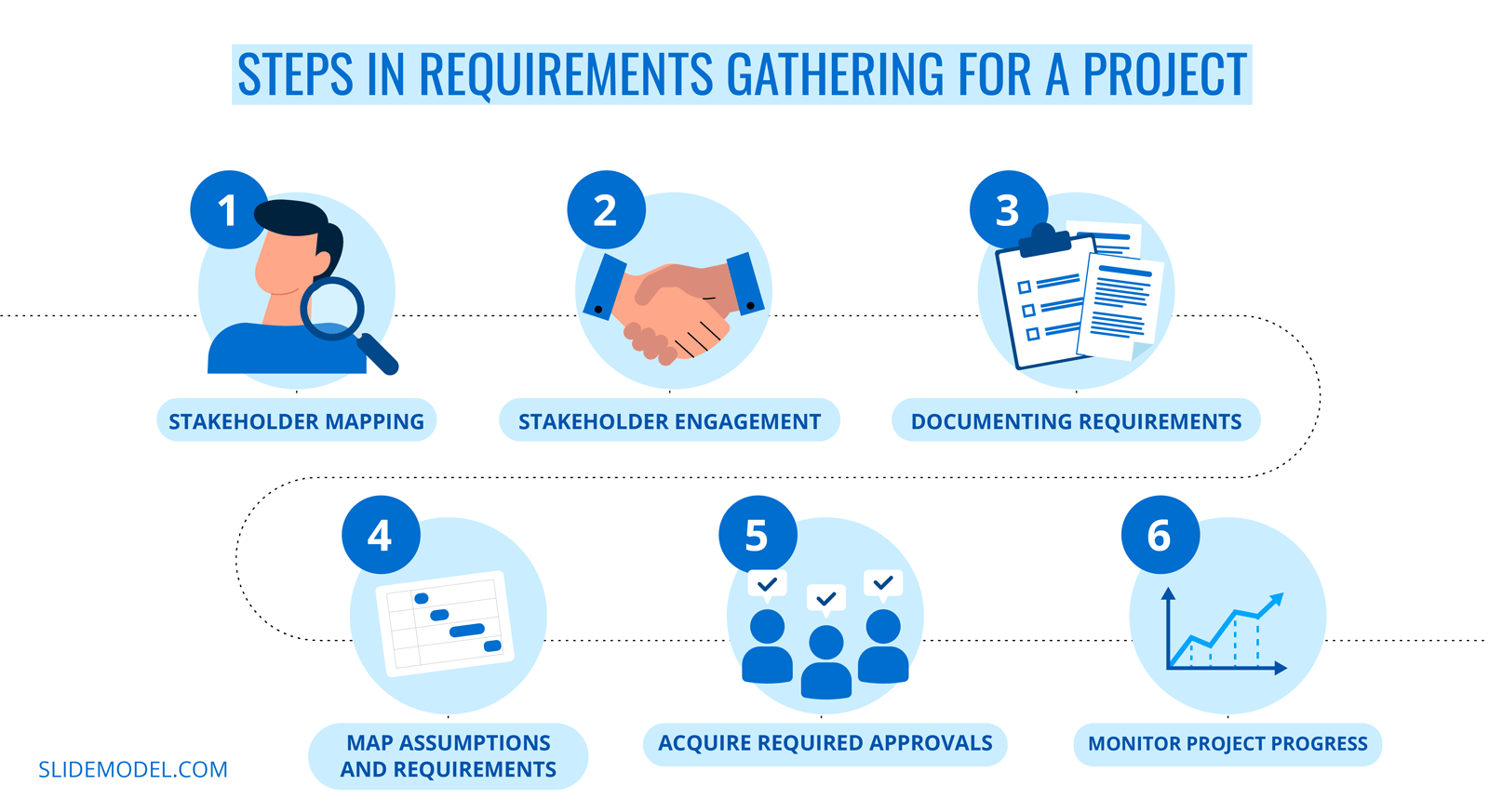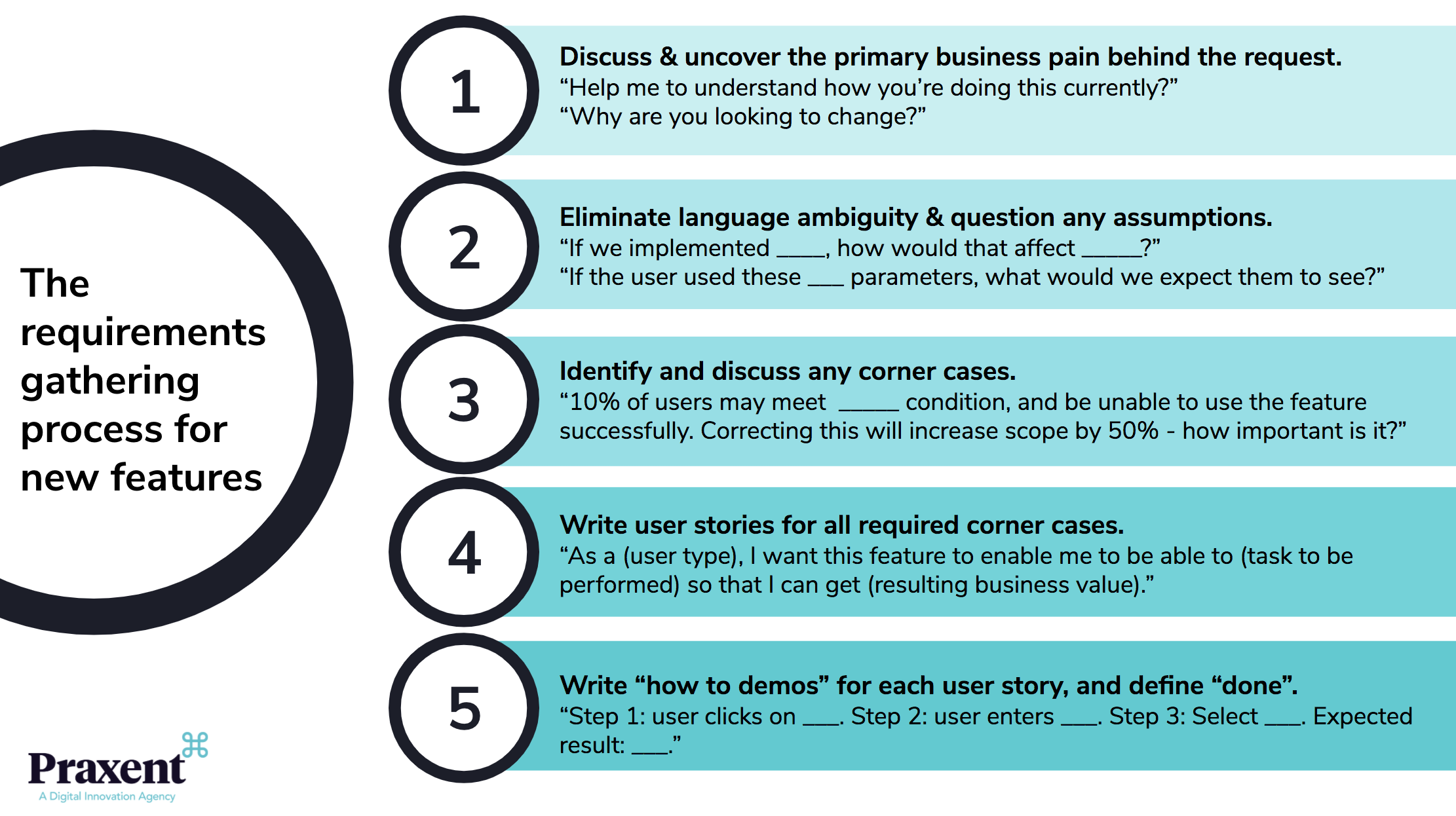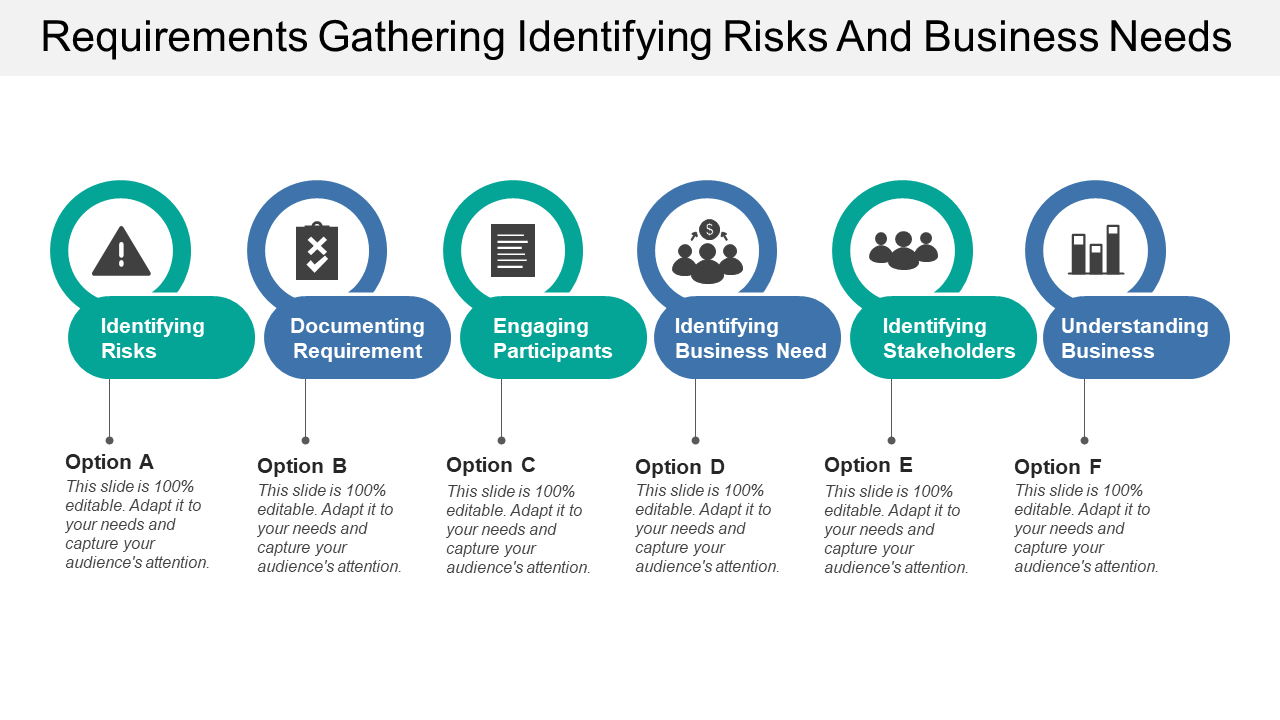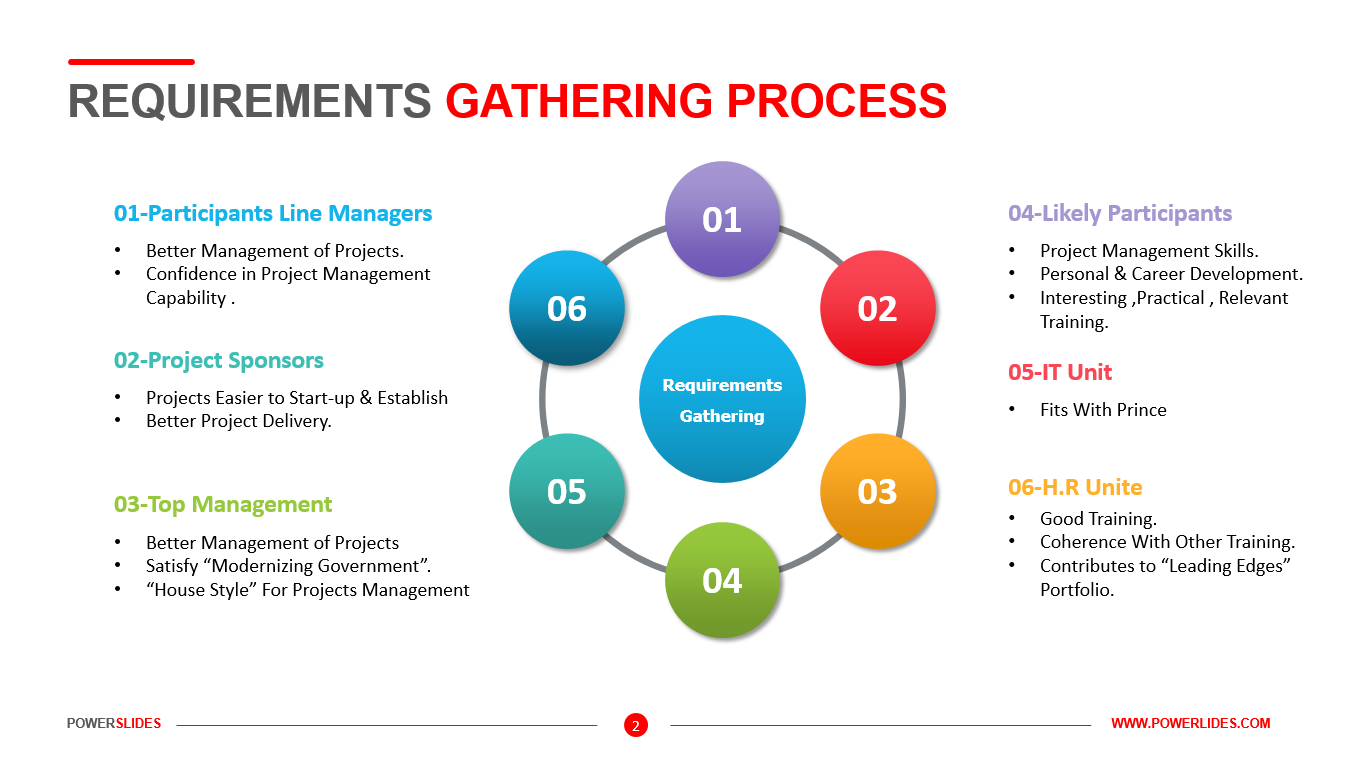Business Analyst – Requirement Gathering is a comprehensive guide that delves into the intricacies of gathering and managing requirements for successful projects. This guide provides a detailed roadmap for business analysts, project managers, and stakeholders to effectively capture, analyze, and prioritize requirements.
Through practical examples, real-world case studies, and industry best practices, this guide empowers readers to navigate the complexities of requirement gathering and ensure project success.
– Business Analyst Role
A business analyst (BA) plays a pivotal role in requirement gathering, acting as a bridge between business stakeholders and technical teams. They elicit, analyze, and document the needs of the business to ensure that software solutions align with organizational objectives.
Requirement gathering is a crucial phase in the software development lifecycle, as it lays the foundation for the design and implementation of the system. Effective requirement gathering helps prevent costly rework and ensures that the end product meets the intended business goals.
– Responsibilities and Skills for Effective Requirement Gathering
The responsibilities of a BA in requirement gathering include:
- Interviewing stakeholders to understand their needs
- Documenting requirements in a clear and concise manner
- Managing stakeholder expectations
- Communicating requirements to technical teams
li>Analyzing and prioritizing requirements
To be effective in requirement gathering, BAs require a combination of hard and soft skills, including:
- Strong analytical and problem-solving skills
- Excellent communication and interpersonal skills
- Knowledge of business processes and systems
- Ability to work independently and as part of a team
– Best Practices for Requirement Gathering
To ensure effective requirement gathering, BAs should adhere to the following best practices:
- Start with a clear understanding of the business objectives
- Use a structured approach to gathering requirements
- Involve stakeholders throughout the process
- Document requirements in a clear and concise manner
- Prioritize requirements based on importance and urgency
- Validate requirements with stakeholders
– Types of Requirements
BAs may encounter various types of requirements, including:
- Functional requirements: Describe the specific functions that the system must perform
- Non-functional requirements: Define the overall characteristics of the system, such as performance, security, and usability
- Business requirements: Describe the business goals that the system should support
- Stakeholder requirements: Capture the specific needs of individual stakeholders
– Prioritizing Requirements
Prioritizing requirements is essential to ensure that the most important features are developed first. BAs can use various techniques to prioritize requirements, such as:
- MoSCoW method: Categorizes requirements into must-have, should-have, could-have, and won’t-have
- Value vs. cost analysis: Evaluates the value of each requirement against its cost of implementation
- Risk analysis: Assesses the potential risks associated with each requirement and prioritizes those that pose the greatest risk
– Importance of Stakeholder Engagement
Stakeholder engagement is crucial for successful requirement gathering. BAs should involve stakeholders throughout the process to ensure that their needs are understood and that the system meets their expectations. Stakeholder engagement techniques include:
- Interviews
- Workshops
- Surveys
- Document analysis
Requirement Gathering Techniques

Requirement gathering is the process of collecting and understanding the needs of stakeholders in order to develop a system that meets their needs. There are a variety of requirement gathering techniques that can be used, each with its own advantages and disadvantages.
The most common requirement gathering techniques include:
- Interviews
- Workshops
- Document analysis
- Observation
- Prototyping
Interviews
Interviews are a one-on-one meeting between a business analyst and a stakeholder. Interviews can be used to gather information about the stakeholder’s needs, goals, and pain points. Interviews can be conducted in person, over the phone, or via video conference.
Advantages of interviews:
- Interviews allow the business analyst to ask specific questions and get detailed answers.
- Interviews can be used to build rapport with stakeholders.
- Interviews can be used to gather information from stakeholders who are not available for workshops or other group meetings.
Disadvantages of interviews:
- Interviews can be time-consuming.
- Interviews can be biased if the business analyst does not ask the right questions or if the stakeholder does not provide accurate information.
- Interviews can be difficult to schedule, especially with busy stakeholders.
Workshops
Workshops are group meetings that bring together stakeholders to discuss and gather requirements. Workshops can be used to brainstorm ideas, develop use cases, and prioritize requirements.
Advantages of workshops:
- Workshops allow the business analyst to gather input from multiple stakeholders at once.
- Workshops can be used to build consensus on requirements.
- Workshops can be used to generate creative ideas.
Disadvantages of workshops:
- Workshops can be time-consuming.
- Workshops can be difficult to facilitate, especially with large groups.
- Workshops can be dominated by a few stakeholders.
Document analysis
Document analysis involves reviewing existing documents to gather requirements. Documents that may be reviewed include business plans, marketing materials, user manuals, and technical specifications.
Advantages of document analysis:
- Document analysis is a relatively quick and inexpensive way to gather requirements.
- Document analysis can provide a historical perspective on the project.
- Document analysis can help to identify inconsistencies and gaps in requirements.
Disadvantages of document analysis:
Business analysts are responsible for gathering requirements from stakeholders. They play a crucial role in ensuring that software development projects meet the needs of the users. In the current economic climate, where many people are facing financial hardship due to the Student Loan Pause , it is more important than ever for businesses to have a clear understanding of their customers’ needs.
Business analysts can help businesses to identify and prioritize the most important requirements, ensuring that their products and services are meeting the needs of the market.
- Document analysis can be time-consuming if the documents are large or complex.
- Document analysis can be biased if the documents are inaccurate or incomplete.
- Document analysis may not be able to capture all of the stakeholders’ needs.
Observation
Observation involves watching users interact with a system or process. Observation can be used to gather information about the user’s needs, goals, and pain points.
Advantages of observation:
- Observation allows the business analyst to see how users actually use a system or process.
- Observation can be used to identify usability issues.
- Observation can be used to gather information from users who are not able to articulate their needs.
Disadvantages of observation:
- Observation can be time-consuming.
- Observation can be intrusive, especially if the users are aware that they are being observed.
- Observation may not be able to capture all of the user’s needs.
Prototyping
Prototyping involves creating a working model of the system or process. Prototypes can be used to gather feedback from stakeholders and to test the feasibility of the design.
Advantages of prototyping:
- Prototyping allows stakeholders to see and interact with the system or process before it is built.
- Prototyping can help to identify design flaws.
- Prototyping can help to build consensus on requirements.
Disadvantages of prototyping:
- Prototyping can be time-consuming and expensive.
- Prototyping may not be able to capture all of the system’s functionality.
- Prototypes may not be representative of the final product.
Best practices for conducting effective requirement gathering sessions
There are a number of best practices that can help to ensure that requirement gathering sessions are effective.
- Plan the session in advance.
- Invite the right stakeholders.
- Create a comfortable and productive environment.
- Use a variety of requirement gathering techniques.
- Document the requirements thoroughly.
- Review the requirements with stakeholders.
The role of user stories and use cases in requirement gathering
User stories and use cases are two powerful tools that can be used to gather and document requirements. User stories are brief, informal descriptions of a feature from the user’s perspective. Use cases are more detailed descriptions of how a system will be used to achieve a specific goal.
User stories and use cases can be used to:
- Capture the user’s needs.
- Identify the system’s functionality.
- Prioritize requirements.
- Test the system.
How to prioritize and manage requirements
Once the requirements have been gathered, they need to be prioritized and managed. Prioritization is the process of determining which requirements are most important and should be implemented first. Management is the process of tracking the progress of the requirements and ensuring that they are met.
There are a number of different techniques that can be used to prioritize and manage requirements. These techniques include:
- MoSCoW method
- Value vs. effort analysis
- Risk analysis
- Cost-benefit analysis
Stakeholder Identification and Analysis

Identifying and analyzing stakeholders is crucial in requirement gathering as they play a vital role in defining and prioritizing project requirements. Stakeholders can be individuals, groups, or organizations with a vested interest in the project’s outcome.
Stakeholder analysis helps in understanding their needs, expectations, and potential conflicts, enabling the business analyst to gather comprehensive and accurate requirements.
Business analysts play a critical role in gathering requirements, ensuring that software solutions align with business needs. Nelnet Student Loan , a leading provider of student loan servicing, exemplifies the importance of effective requirement gathering. By thoroughly understanding the needs of borrowers, Nelnet has developed a comprehensive platform that streamlines loan management and improves customer satisfaction.
Business analysts are instrumental in translating these needs into actionable requirements, driving successful software implementations.
Methods for Stakeholder Identification and Analysis
Various methods can be used to identify and analyze stakeholders, including:
- Interviews and surveys: Gather information directly from stakeholders.
- Document review: Analyze project documents to identify stakeholders.
- Observation: Attend meetings and observe stakeholder interactions.
The power/interest matrix is a useful tool for stakeholder analysis, which categorizes stakeholders based on their power and interest in the project:
| Power | High | Low | |
|---|---|---|---|
| Interest | High | Key players: Manage closely | Keep satisfied: Monitor |
| Interest | Low | Keep informed: Communicate | Monitor: Low priority |
Stakeholder Map
A stakeholder map visually represents the relationships and interactions among stakeholders. It can be a flowchart or diagram that shows the power, interest, and influence of each stakeholder.
Potential Conflicts of Interest
Stakeholder analysis can help identify potential conflicts of interest among stakeholders. These conflicts can arise due to differing needs, expectations, or priorities. Identifying and addressing these conflicts early on is essential to ensure project success.
Business analysts play a crucial role in requirement gathering, ensuring that projects align with business objectives. This process is essential for successful project execution. To stay updated on the latest developments in the field, it’s recommended to follow reliable sources such as Student Loan News . By keeping abreast of industry best practices, business analysts can effectively gather requirements and drive project success.
Prioritizing Requirements
Stakeholder analysis helps prioritize requirements by understanding the importance and urgency of each stakeholder’s needs. High-priority stakeholders with high power and interest should have their requirements prioritized.
Requirement Elicitation

Requirement elicitation is the process of gathering and understanding the needs of stakeholders in order to develop a solution that meets their requirements. There are a number of different methods for eliciting requirements, each with its own advantages and disadvantages.
Active Listening
Active listening is a technique that involves paying close attention to what stakeholders are saying, both verbally and nonverbally. This can be done through a variety of methods, such as:
* Asking clarifying questions: This helps to ensure that you understand what the stakeholder is saying and to get more detail.
* Summarizing what the stakeholder has said: This shows that you are listening and that you understand what they are saying.
* Reflecting back on what the stakeholder has said: This helps to build rapport and to show that you are interested in what they have to say.
Observation
Observation is a technique that involves watching stakeholders in their natural environment. This can be done in a variety of settings, such as:
* During meetings: Observing stakeholders during meetings can give you insights into their communication style, their decision-making process, and their priorities.
* In the workplace: Observing stakeholders in the workplace can give you insights into their work habits, their relationships with others, and their pain points.
* At social events: Observing stakeholders at social events can give you insights into their personality and their interests.
Prototyping
Prototyping is a technique that involves creating a mock-up or prototype of the solution. This can be done in a variety of ways, such as:
* Using wireframes: Wireframes are simple, low-fidelity mock-ups that can be used to get feedback from stakeholders on the layout and functionality of the solution.
* Using mockups: Mockups are more detailed, high-fidelity mock-ups that can be used to get feedback from stakeholders on the look and feel of the solution.
* Using prototypes: Prototypes are working models of the solution that can be used to get feedback from stakeholders on the functionality of the solution.
Challenges and Best Practices in Requirement Elicitation
There are a number of challenges that can be encountered during requirement elicitation, such as:
* Stakeholders may not be able to articulate their needs: This can be due to a variety of factors, such as lack of technical knowledge, lack of experience with the solution, or simply being unable to articulate their thoughts.
* Stakeholders may have conflicting needs: This can be due to a variety of factors, such as different roles, different perspectives, or different priorities.
* Stakeholders may change their minds: This can be due to a variety of factors, such as new information, new insights, or changes in the business environment.
There are a number of best practices that can be followed to improve the effectiveness of requirement elicitation, such as:
* Start with a clear understanding of the project goals and objectives: This will help you to focus your efforts and to gather the most relevant requirements.
* Involve stakeholders throughout the process: This will help to ensure that their needs are met and that they are satisfied with the final solution.
* Use a variety of elicitation techniques: This will help you to gather a more complete and accurate set of requirements.
* Document the requirements clearly and concisely: This will help to ensure that everyone has a clear understanding of the requirements and that they are implemented correctly.
Requirement Analysis
Requirement analysis is the process of examining, understanding, and documenting the requirements of a system. It involves working with stakeholders to identify their needs, understanding the system’s purpose and scope, and defining the specific requirements that must be met to ensure the system meets the stakeholder’s expectations.
Requirement analysis is a critical step in the software development process, as it provides the foundation for the design, implementation, and testing of the system. By carefully analyzing requirements, you can ensure that the system meets the needs of the stakeholders and that it is built according to the specified requirements.
Business analysts play a crucial role in requirement gathering, ensuring that projects align with business needs. Understanding the specific requirements of student loan repayment programs, such as Student Loan Repayment , helps analysts define clear project objectives and scope. This enables the development of solutions that effectively address the challenges faced by borrowers and lenders, ultimately contributing to the success of such programs.
Techniques for Requirement Analysis
There are several techniques that can be used to perform requirement analysis. Some of the most common techniques include:
- Use case analysis: Use case analysis is a technique that involves identifying the different ways that users will interact with the system. By understanding the use cases, you can identify the specific requirements that must be met to support the user’s needs.
- Modeling: Modeling is a technique that involves creating visual representations of the system’s requirements. Models can help you to understand the relationships between different requirements and to identify any potential conflicts.
- Prototyping: Prototyping is a technique that involves building a small-scale model of the system. Prototypes can help you to test the requirements and to get feedback from stakeholders.
The best technique for requirement analysis will vary depending on the specific project. It is important to choose a technique that is appropriate for the size and complexity of the project and that will allow you to effectively gather and analyze the requirements.
Challenges of Requirement Analysis
Requirement analysis can be a challenging process. Some of the challenges that you may encounter include:
- Stakeholder involvement: It is important to involve stakeholders throughout the requirement analysis process. However, stakeholders may have different needs and priorities, which can make it difficult to reach a consensus on the requirements.
- Changing requirements: Requirements can change over time, as stakeholders learn more about the system and as the project progresses. It is important to be able to manage changing requirements and to ensure that the system is still meeting the needs of the stakeholders.
- Incomplete or ambiguous requirements: Stakeholders may not always be able to clearly articulate their requirements. It is important to be able to work with stakeholders to clarify and complete the requirements.
Despite the challenges, requirement analysis is an essential step in the software development process. By carefully analyzing requirements, you can ensure that the system meets the needs of the stakeholders and that it is built according to the specified requirements.
Requirement Documentation: Business Analyst – Requirement Gathering
Requirement documentation is the process of capturing, organizing, and communicating the requirements of a system. It is an essential part of the requirements engineering process, as it provides a baseline for the development and testing of the system. There are a number of different methods for documenting requirements, including:
Requirement Specifications
A requirement specification is a formal document that describes the requirements of a system. It typically includes the following sections:
* Introduction: This section provides an overview of the requirement specification, including its purpose, scope, and intended audience.
* Glossary: This section defines the terms used in the requirement specification.
* Requirements: This section contains the actual requirements of the system. Each requirement should be clear, concise, and unambiguous.
* Appendices: This section contains any additional information that is relevant to the requirement specification, such as diagrams, tables, and use cases.
Use Cases
A use case is a description of a specific interaction between a user and a system. It typically includes the following elements:
* Actor: The person or system that is using the system.
* Goal: The goal that the actor is trying to achieve.
* Preconditions: The conditions that must be met before the use case can be executed.
* Steps: The steps that the actor takes to achieve the goal.
* Postconditions: The conditions that are met after the use case has been executed.
User Stories
A user story is a brief, informal description of a requirement from the perspective of a user. It typically includes the following elements:
* As a: The type of user who is making the request.
* I want to: The goal that the user wants to achieve.
* So that: The benefit that the user will receive from achieving the goal.
– Elaborate on the potential risks and consequences of failing to validate requirements.

Requirement validation is crucial to ensure that the developed solution meets the actual needs of the stakeholders. Failure to validate requirements can lead to severe consequences, including:
– Increased project costs: Incorrect or incomplete requirements can lead to costly rework and delays.
– Reduced customer satisfaction: A solution that does not meet the customer’s needs will result in dissatisfaction and potential loss of business.
– Legal liabilities: In some cases, failure to meet requirements can lead to legal disputes and liabilities.
– Missed opportunities: Unvalidated requirements may result in missing valuable opportunities to improve the solution.
– Wasted resources: Time, effort, and resources spent on developing a solution that does not meet the actual needs are wasted.
Requirement Management
Requirement management is the process of managing requirements throughout the project lifecycle, from inception to closure. It involves identifying, documenting, analyzing, prioritizing, and tracking requirements to ensure that they are met and that the project delivers the desired results.
Requirement management is critical to project success. It helps to ensure that:
- The project team has a clear understanding of the project requirements.
- The project is aligned with the business objectives.
- The project is delivered on time, within budget, and to the required quality.
There are a number of tools and techniques that can be used for requirement management, including:
- Requirement traceability matrix: A requirement traceability matrix is a tool that helps to track the relationships between requirements and other project artifacts, such as design documents, test cases, and code.
- User stories: User stories are a way of describing requirements from the perspective of the end user.
- Use case diagrams: Use case diagrams are a way of visualizing the interactions between users and the system.
- Mockups: Mockups are a way of creating a prototype of the system to help users visualize how it will work.
- Prototypes: Prototypes are a way of creating a working model of the system to help users test it and provide feedback.
The challenges of requirement management include:
- Gathering and understanding requirements from stakeholders.
- Managing changes to requirements.
- Ensuring that requirements are complete, consistent, and testable.
There are a number of ways to overcome these challenges, including:
- Using a structured approach to requirement gathering.
- Involving stakeholders in the requirement gathering process.
- Creating a requirement traceability matrix.
- Using tools to help manage requirements.
Requirement management is a critical part of project management. By following a structured approach to requirement management, you can help to ensure that your project is successful.
Challenges in Requirement Gathering

Requirement gathering is a critical phase in the software development life cycle (SDLC) that can impact the success of a project. However, it is not without its challenges. Common obstacles faced by business analysts during requirement gathering include:
Stakeholder Conflicts
Stakeholder conflicts arise when different stakeholders have conflicting needs or priorities. These conflicts can lead to delays, rework, and even project failure. To overcome this challenge, business analysts must effectively manage stakeholder expectations, facilitate communication, and find ways to reconcile conflicting requirements.
Ambiguous Requirements, Business Analyst – Requirement Gathering
Ambiguous requirements are those that are unclear, incomplete, or open to interpretation. They can lead to confusion and miscommunication among stakeholders. To mitigate this risk, business analysts must ask clarifying questions, use specific language, and ensure that requirements are well-documented.
Changing Requirements
Requirements often change during the development process as new information is gathered or stakeholder needs evolve. This can be a challenge for business analysts, who must be able to adapt quickly and ensure that the requirements are always up-to-date. To address this challenge, business analysts should establish a process for managing change requests and communicate any changes to stakeholders in a timely manner.
Closure

Mastering the art of requirement gathering is crucial for delivering projects that meet stakeholder expectations and drive business value. This guide provides a comprehensive foundation for professionals seeking to excel in this critical discipline.
Top FAQs
What is the role of a business analyst in requirement gathering?
Business analysts play a pivotal role in requirement gathering by facilitating communication between stakeholders, eliciting requirements, and ensuring their completeness, clarity, and consistency.
What are some best practices for effective requirement gathering?
Best practices include stakeholder engagement, iterative approach, continuous improvement, and leveraging appropriate tools and techniques.
What are common challenges faced in requirement gathering?
Common challenges include stakeholder conflicts, ambiguous requirements, changing requirements, and managing stakeholder expectations.
